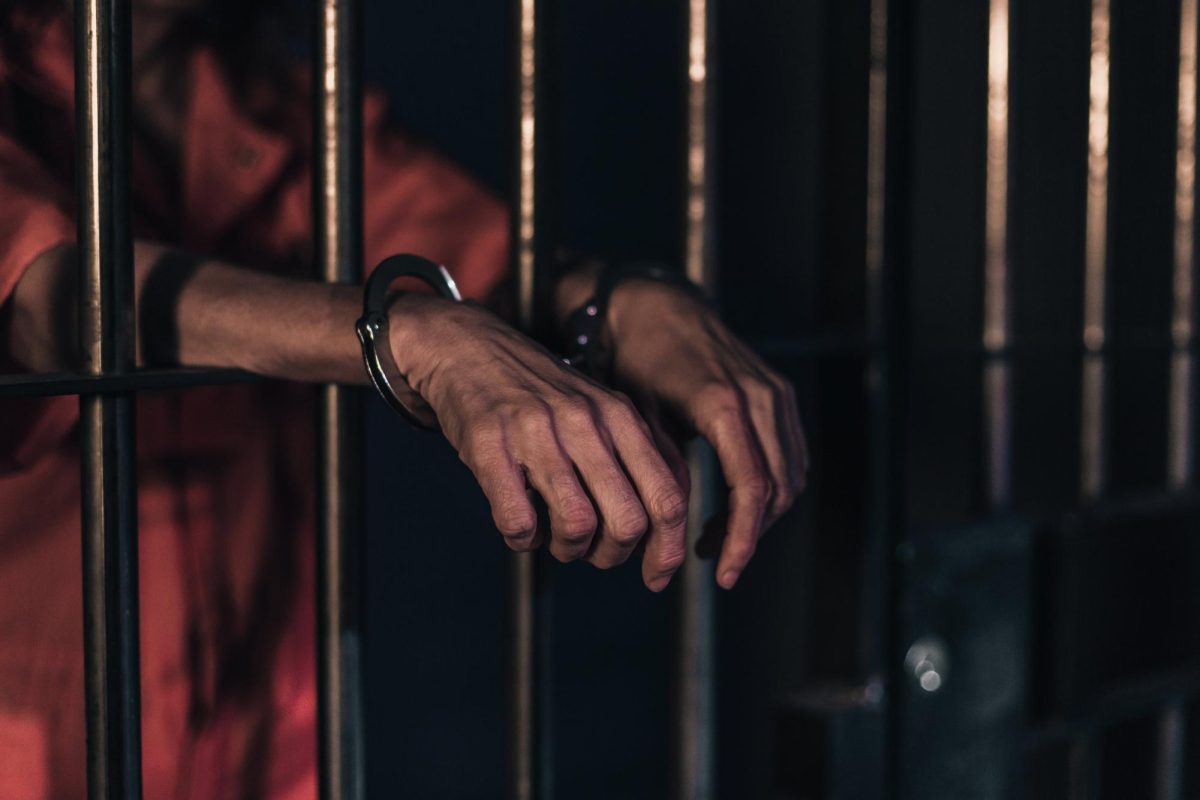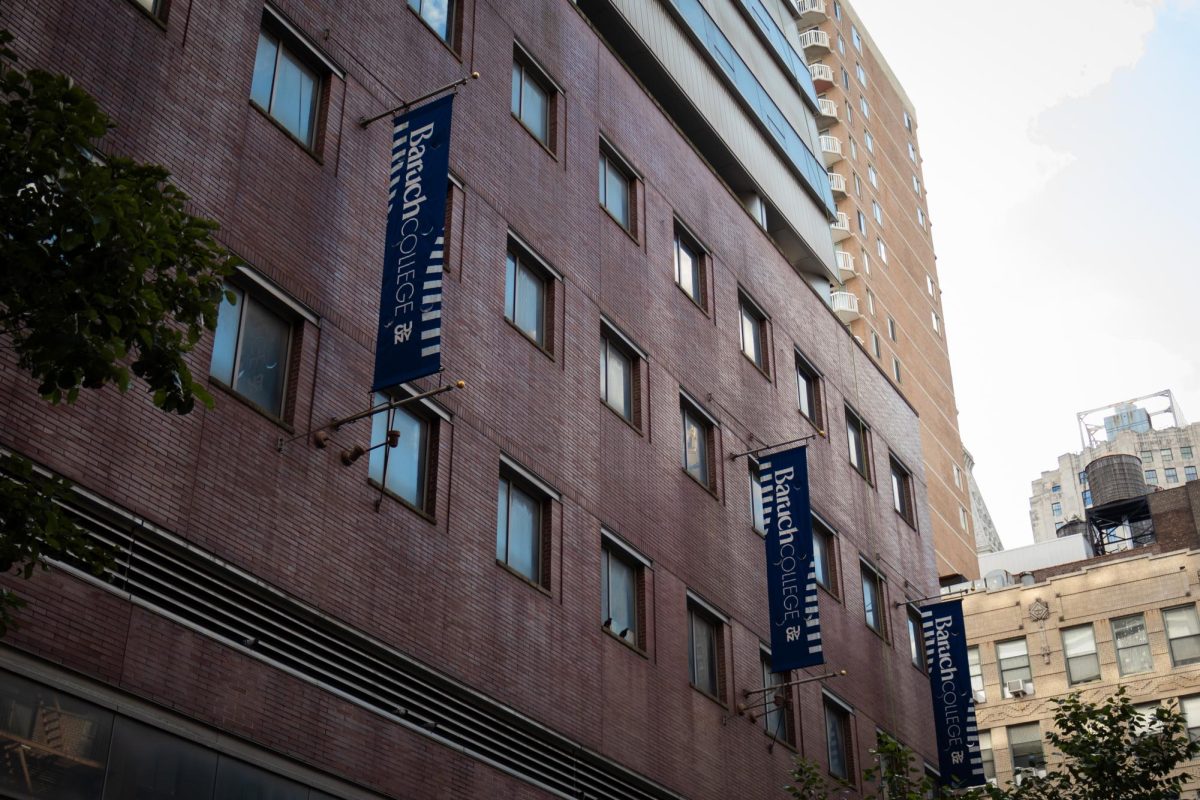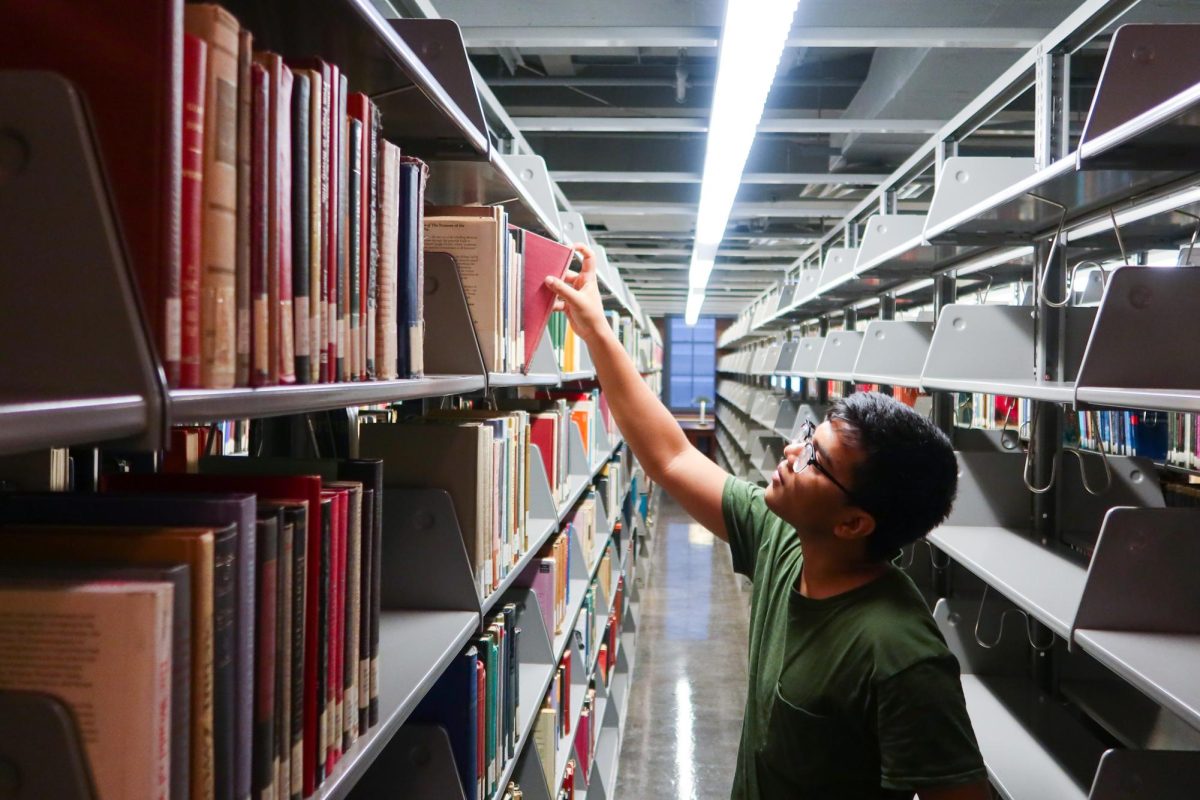The Department of Education needs to provide more adequate funding to public schools that lack sufficient physical accessibility accommodations for its students.
Less than one in three schools in New York City are fully accessible to students with physical disabilities for the 2023-2024 school year, according to a report by Advocates for Children of New York, focusing on elementary school students.
Advocates for Children defines ‘fully accessible’ as when a school building receives a score of nine or ten by the DOE’s Building Accessibility Profile. These scores indicate that all the primary educational areas of the building are accessible.
A BAP score between four and eight indicates a ‘partially accessible’ building, meaning that some accommodations need to be made in order for students with disabilities to attend classes without difficulty.
Advocates for Children considers scores of one and two as ‘functionally inaccessible.’ However, over 40% of schools throughout the city are functionally inaccessible and have no plans to amend this issue, risking violation of the Americans with Disabilities Act compliance.
It is unacceptable that so many schools are still not accessible to all its students despite the fact that Title II of the ADA was signed into law by New York over 20 years ago.
Part of the reason why schools are not taking steps to become more ADA compliant is due to a lack of funding. Historically, the DOE has not been treating this matter with any sense of urgency, which only slows down the road to progress.
In 2018, less than 1% of the DOE’s capital spending budget for 2014-2019 went to accessibility accommodations, when less than 17% of schools were accessible at the time. This amounts to only $150 million allocated to all of NYC’s thousands of public schools. In 2020-2024, this amount increased to $750 million.
As the DOE plans to introduce their new Capital Spending plan for 2024-2029 in November, it is imperative they take the necessary steps to ensure at least 50% of schools have accessibility accommodations.
Increasing accessibility is not only for students whose disabilities are visible. Many students who need such accommodations do not look like they need it. They make up a greater percentage of the student body than expected.
Many parents rely on schools to help their children develop socially and learn to be a part of a community. For elementary school students, it is especially important that they are able to participate in school activities alongside their peers so as not to hinder their growth.
Young children should not have to sacrifice any aspects of their education and fall behind from the rest of their peers simply because schools do not have the funding they need.
Ensuring that at least over half of public schools are accessible is just the starting point to a more accessible NYC.
The children of NYC need to grow up knowing their needs are being met, especially living in a city where so many other areas of life, such as transportation or housing accommodations, are still inaccessible.








